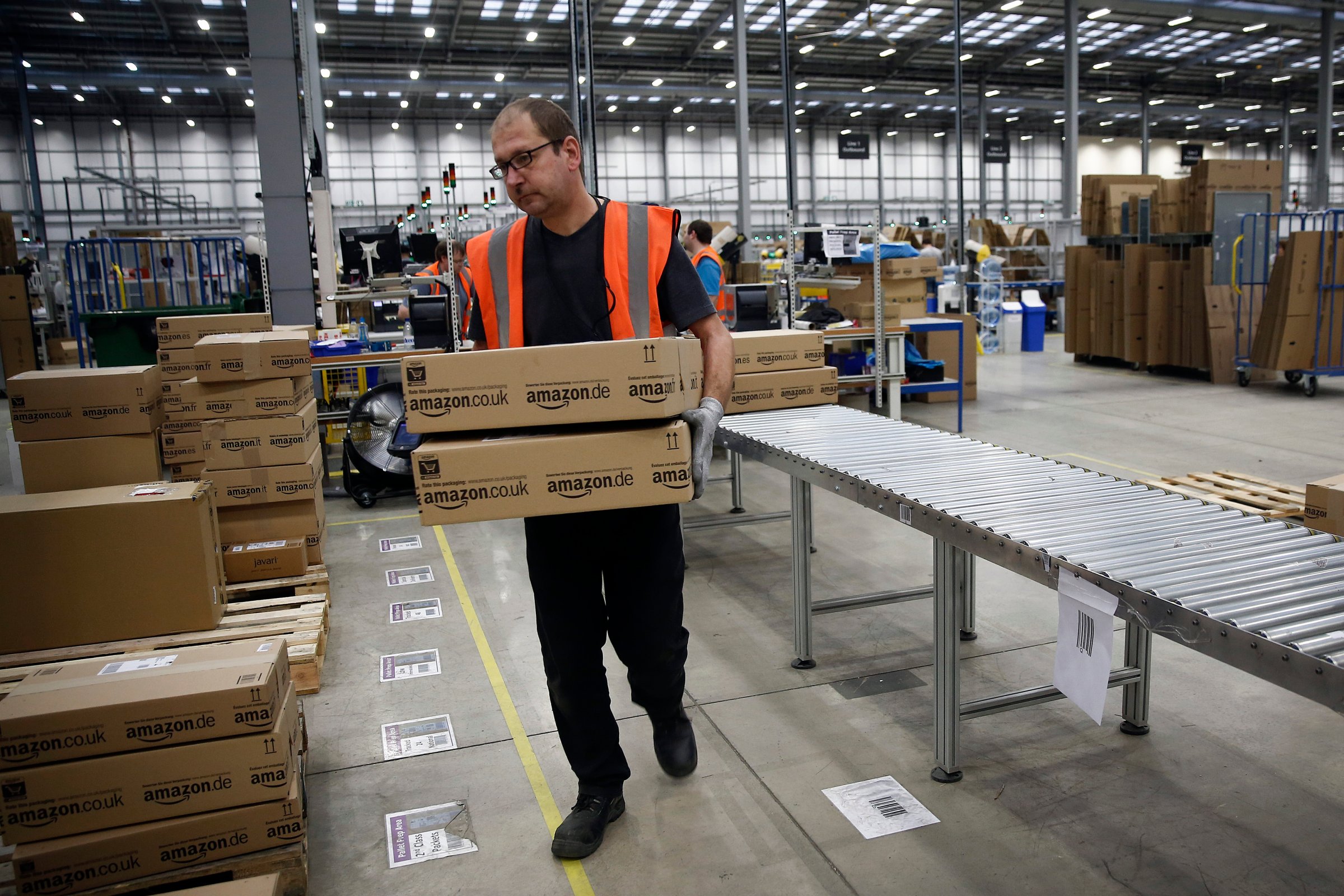
Amazon has long been given the benefit of the doubt by investors, who have been content to forgo profits as long as Amazon has proven that it is rapidly growing its footprint.
But the retail giant slipped a bit Thursday, when it announced that its fourth-quarter profit fell short of Wall Street’s expectations, and the stock tumbled as much as 10% in after-hours trading. Perhaps in anticipation that investors would be disappointed by its profits and outlook going forward, Amazon CFO Thomas J. Szkutak told analysts that the company was considering raising the price of its popular Amazon Prime service by anywhere from $20 to $40.
Piper Jaffray analyst Gene Munster told the Wall Street Journal that it could drive $475 million in new revenue for Amazon, based on his estimate that the service has 18.7 million users. But is this price raise short-sighted? The Prime Membership program, after all, isn’t supposed to be about revenue in and of itself. It’s more like a rewards program that convinces customers to do all sorts of shopping on the website, from big ticket electronics to everyday items like toothpaste and tissue paper.
“I was a little surprised by it,” says R.J. Hottovy, analyst with Morningstar who covers Amazon. “I thought that’s been a price point that’s worked for them for some time.”
In a report issued last year, Hottovy explained how even with the high shipping costs that come with free, two-day shipping, Amazon Prime was a profitable program for the company because it attracted high-value customers who spend big (and do so often) on the site.
So why mess with a profitable program that is one of the main drivers of Amazon’s massive growth? At some point Amazon is going to have to increase its margins. It can’t just go on being barely profitable forever, and investors are going to at some point demand earnings that warrant the company’s sky-high valuation. Though Hottovy was surprised by the timing of the move, he does think that raising the price of Amazon Prime is preferable to raising prices more broadly. “Today’s consumer has just gotten so savvy when it comes to online shopping,” he says. “You have to maintain the perception of low-cost products, and raising the price of a one-time charge of a Prime membership has less impact psychologically.”
The move could also be an attempt to create more of a tiered pricing for the Prime program. Amazon already lures many new Prime members through its lower-cost student program, which costs just $39 per year, and offers a free month of Amazon Prime to those who purchase new Kindle Fire tablets. It’s possible that the move to raise prices on Prime membership will come in concert with more offers like these, which will enable Amazon to raise prices on less price-sensitive shoppers, while still attracting more discerning, newer customers.
Still, you have to wonder why Amazon wants to raise prices at all. Though Amazon doesn’t divulge Prime membership figures, Hottovy estimates that it doubled its membership in 2013 and that Amazon Prime could have north of 20 million subscribers. Those kind of numbers don’t scream “broken program,” he says.
More Must-Reads From TIME
- The 100 Most Influential People of 2024
- Coco Gauff Is Playing for Herself Now
- Scenes From Pro-Palestinian Encampments Across U.S. Universities
- 6 Compliments That Land Every Time
- If You're Dating Right Now , You're Brave: Column
- The AI That Could Heal a Divided Internet
- Fallout Is a Brilliant Model for the Future of Video Game Adaptations
- Want Weekly Recs on What to Watch, Read, and More? Sign Up for Worth Your Time
Contact us at letters@time.com